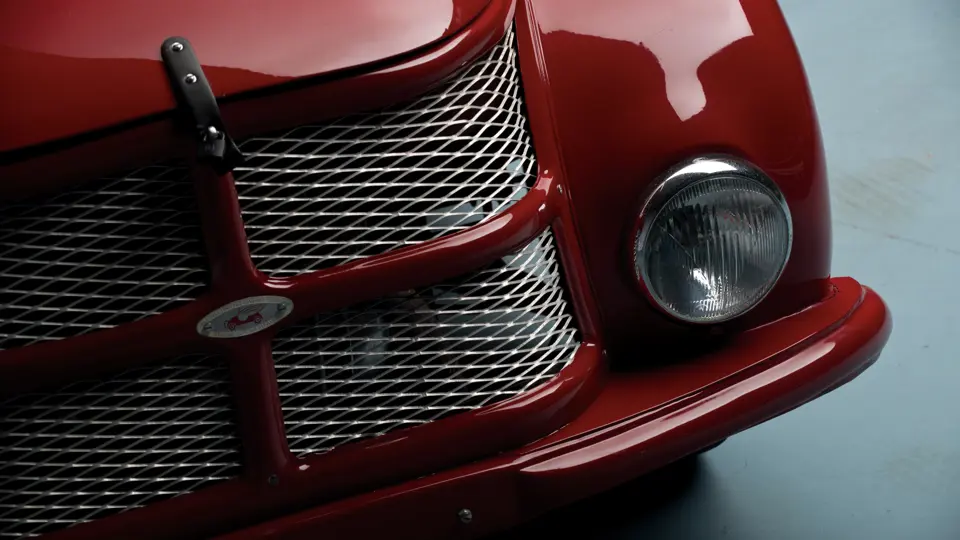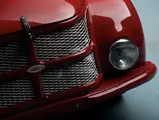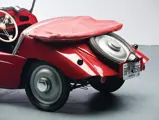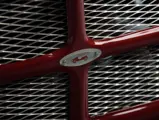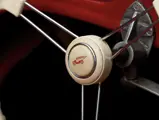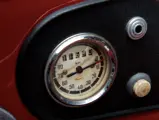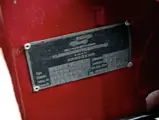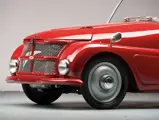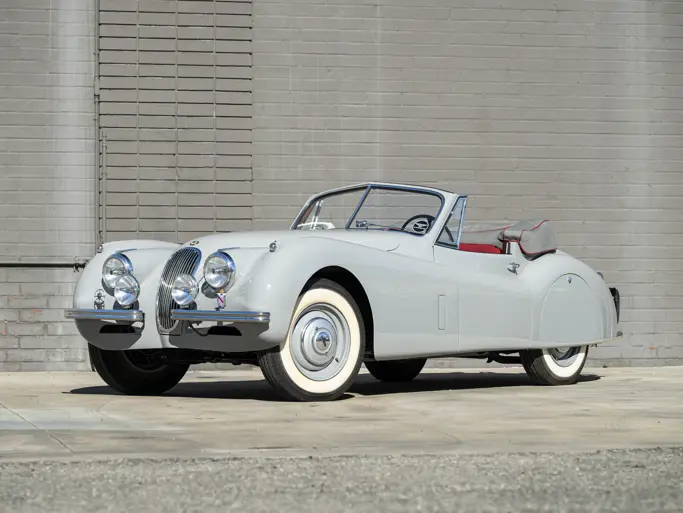Well documented with interesting history.
SPECIFICATIONS
Manufacturer: Kleinschnittger
Origin: Arnsberg, Germany
Production: 2,980
Motor: ILO 1-cyl., 2-stroke
Displacement: 123 cc
Power: 5.5 hp
Length: 9.5 ft.
Identification No. 6-5-2080
The engineer Paul Kleinschnittger conceived the idea for the cheapest possible driveable vehicle before the war and was working on components for it by1939. The war’s end found him making daily visits to a near-deserted military airfield, in particular to the area where captured aircraft had been dynamited by the Americans. Here, he recovered items useful to his plans and ideas, and he rebuilt them in his small workshop in Ladelund, where he had a business doing general repairs for the farmers in the area, usually on the barter system.
The beginning of 1949 saw the first outings of Kleinschnittger’s Type 98 (after the small, rear-mounted DKW motor), at first in chassis form and soon clothed in a minimal, roadster body with a single “Cyclops” headlight. The windshield was from a wrecked aircraft, and the fenders were from motorcycles. He had also devised a simple freewheel device that would take the place of a differential. Word of it soon got around to the newspapers. The little car was finally and very appropriately named after its constructor, “klein” meaning small, and “schnittig” meaning spiffy, or stylish.
The enthusiastic press aroused the interest of a wealthy investor named Lembke, who agreed to finance the construction of a small factory near Arnsberg and the development of the car in order to get it to a production-ready state. Kleinschnittger at last put his redesigned, front-engined “four-wheeled scooter” into series production. There were five employees, whose first daily duty was to shovel dirt into the bomb craters on the grounds.
Brilliantly conceived, the multi-tube chassis employed easily replaceable rubber-band suspension. It was clad in a light aluminum body that was reminiscent of a pedal car, and it was assembled with rivets, as there was no welding equipment in the plant. The bodywork was hand-hammered over wooden bucks with rubber hammers. The compound-curved front fender sections were formed from army surplus cooking pots cut in half, giving two fenders per car. The moped motor, at first reluctantly supplied by a sceptical ILO management, was started with a rope pull under the dashboard, as a Dynastart was deemed too heavy. A reverse was not needed for the 330 pound car, as it could easily be lifted and turned on its front wheels. In May 1950, partner Lembke got cold feet, reneged on the agreement, and a bank credit was arranged instead, laying the groundwork for the eventual undoing of the company.
Exports of the little car were at a satisfactory level, and the town of Arnsberg became used to the spectacle of a train of 15 cars being towed down the main street behind the company owner’s private Fiat sedan en route to the train station. The company’s successful competition outings were equally spectacular, with four cars carried at once: two on the roof of the company’s Volkswagen bus and two more stacked one over the other on a trailer.
The overconfident Paul Kleinschnittger attempted a move into a small-car market already dominated by firms like Lloyd and Goggomobil by developing several small coupe models: the F-250, the F-250C, the F-250S, and the F-250 Super, which never really entered full-scale production. The banks closed him down in August 1957.
This rare car exhibits the late-model F-125 features of smaller grille openings, a spare wheel mounted on the tail, and a one-piece windshield with curved sides. Seats stuffed with dried grass underlined the material shortages of the time. It was shipped to Los Angeles in August 2001, where it was slightly modified (with a lower windshield, prominent blinkers, and hubcaps), and it was filmed in an elaborate, expensive commercial for the Cadillac Escalade EXT, premiering at the Super Bowl in January 2002. It is presented here with a large amount of original documentation, which is more important now than ever for any collector car and is seldom seen in the microcar world.


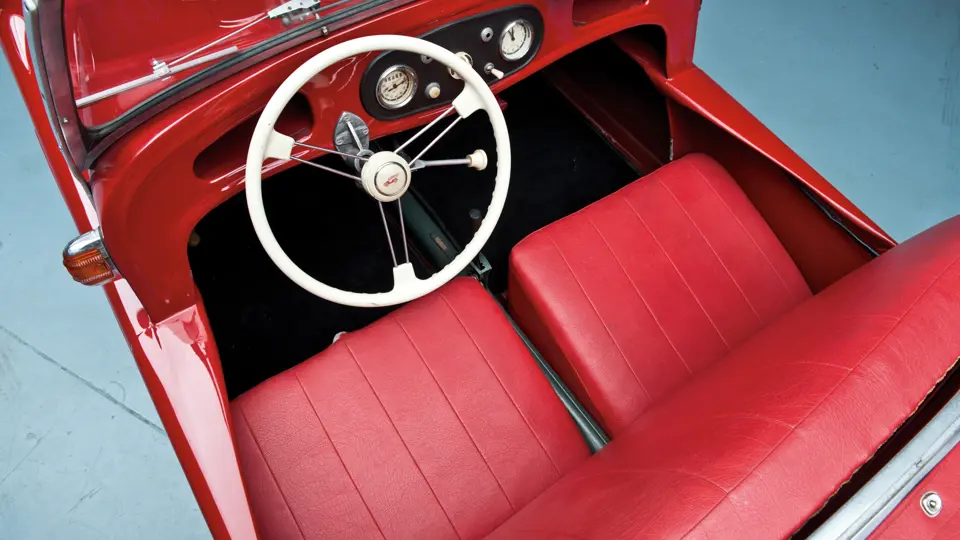


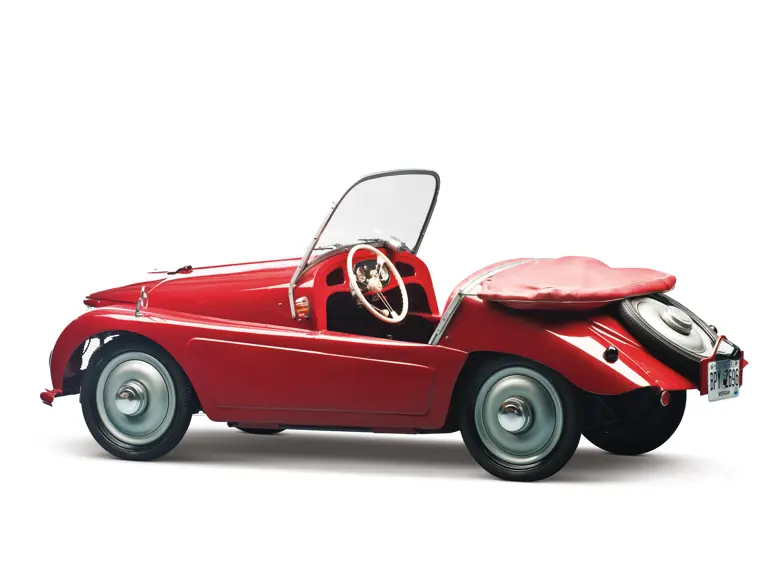


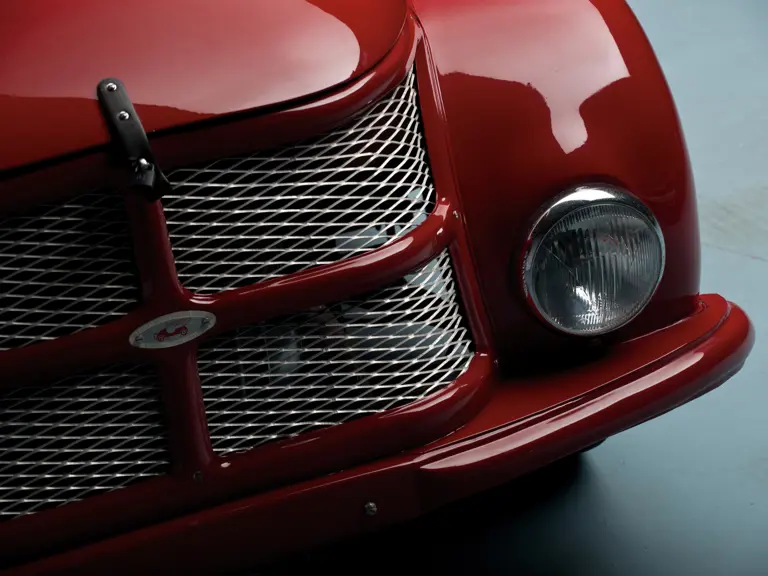
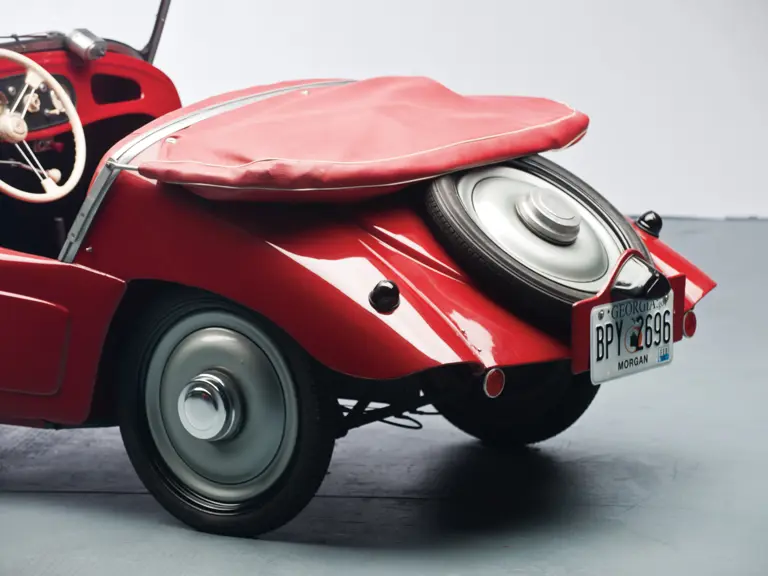
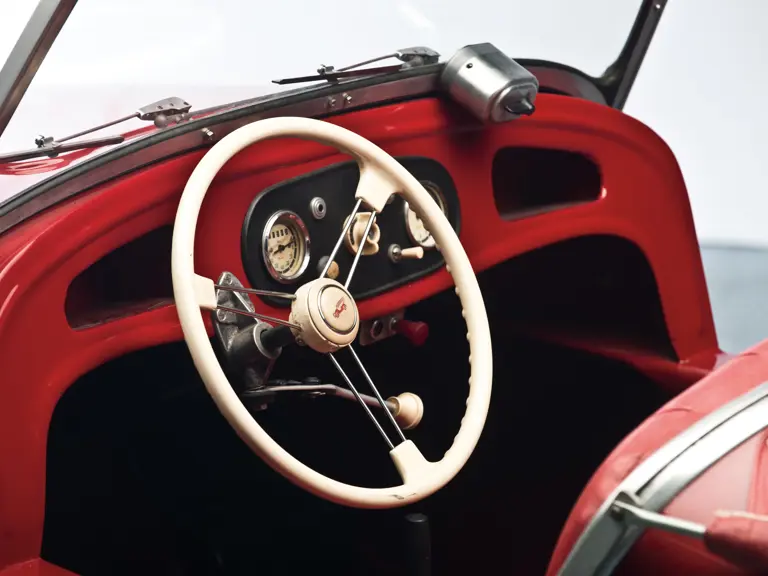

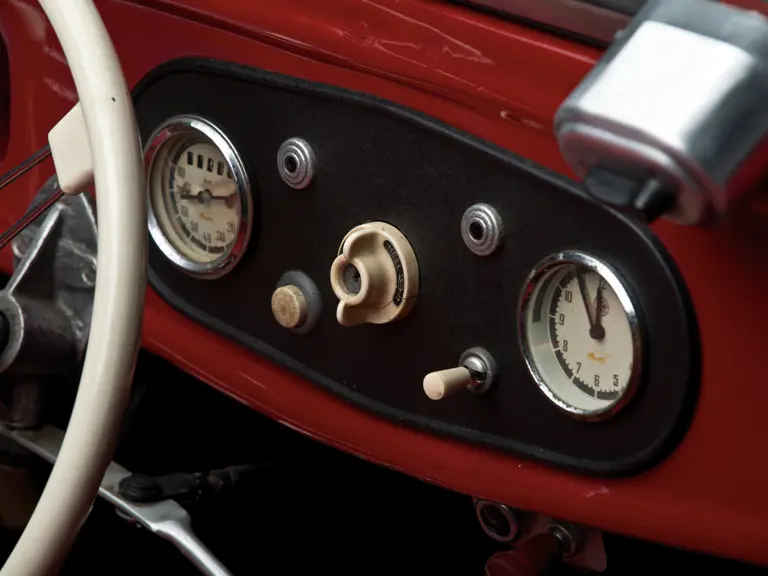


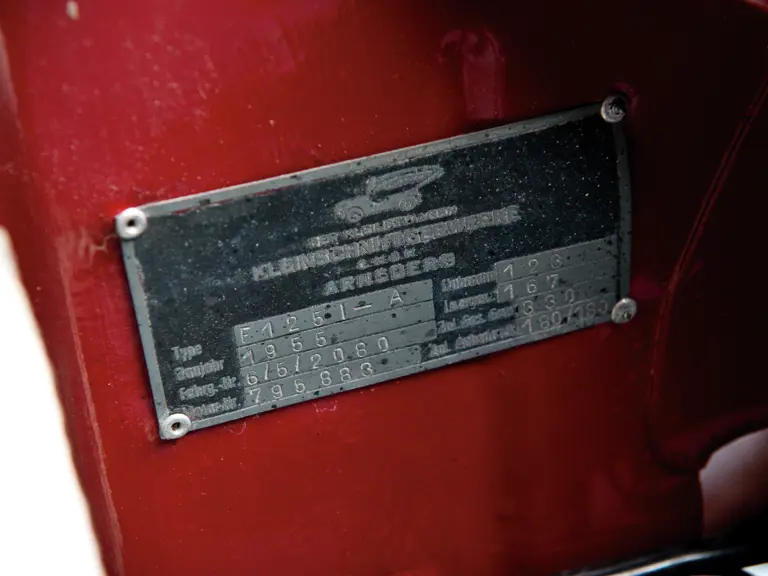
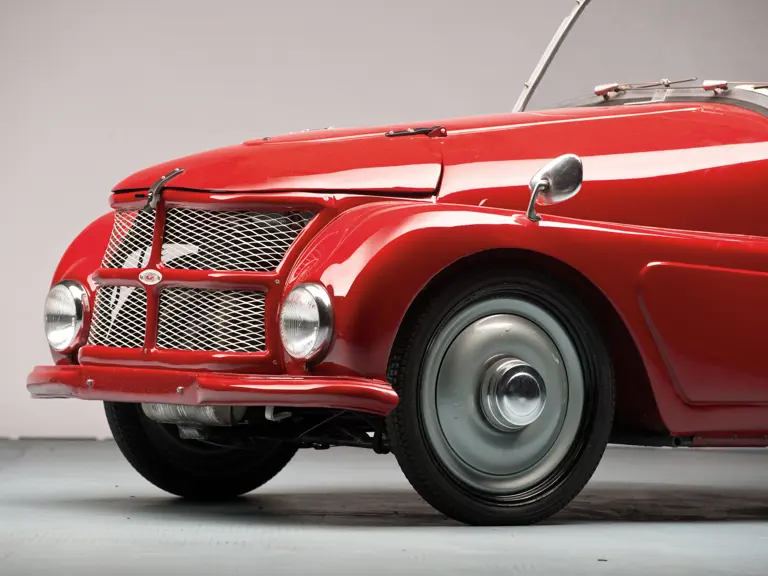
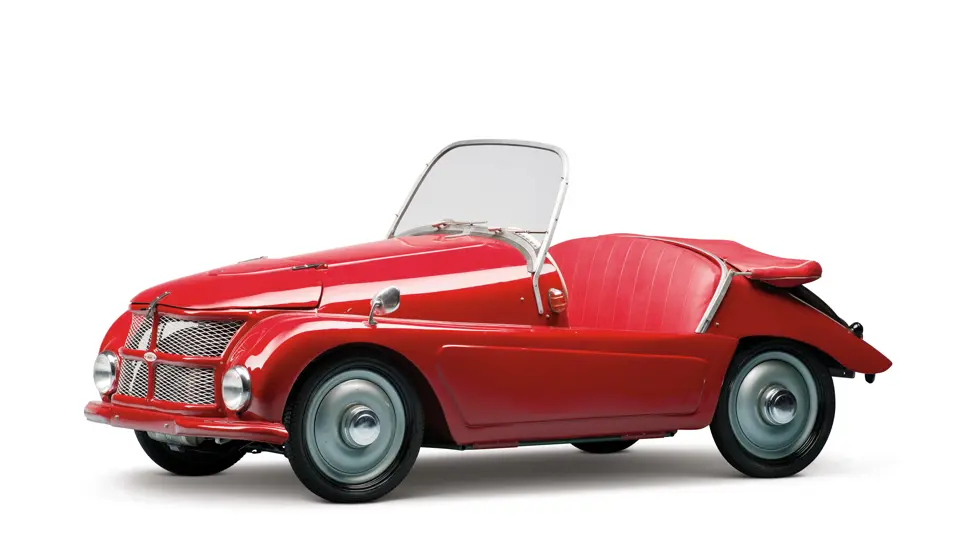
 | Madison, Georgia
| Madison, Georgia
